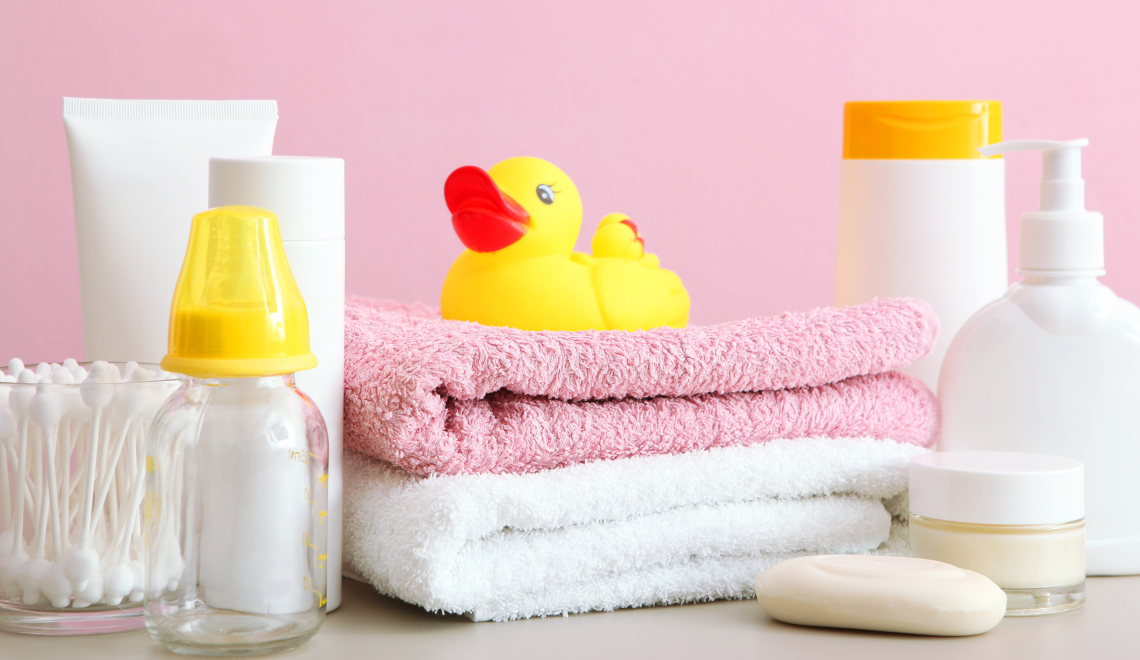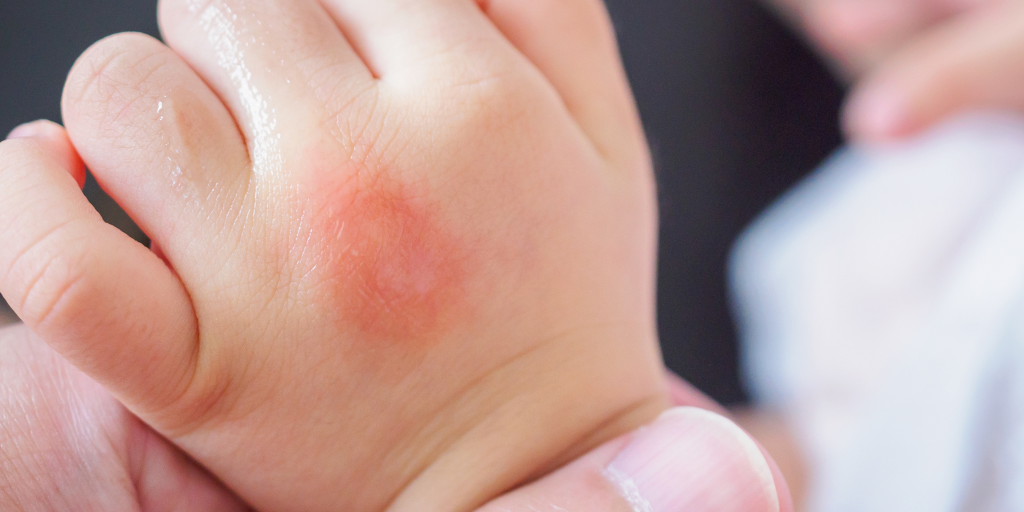
A baby’s skin is so soft and smooth that it’s often compared to a freshly bloomed rose. Unfortunately, just like a flower petal, a baby’s skin is extremely delicate and vulnerable to changes in weather. Each season brings unique challenges and you will need to tweak your baby’s skincare routine to adapt to these changes. Every baby is unique and what works for one may not work for another. This is why it is important to do a patch test on a small area of your baby’s skin to check for an adverse reaction before you add it to their regular skincare routine. Ideally, choose products that are free from fragrances, dyes and other harsh chemicals that can irritate your baby’s sensitive skin.

How to Adapt Baby’s Skincare to Weather Changes
There are several things about your baby’s skincare routine that you will need to change according to the weather. However, there is one constant that your baby needs throughout the year – sunscreen. We associate sunscreen with summer but the fact is that your baby needs sunscreen just as much or even more in winter. Snow reflects up to 80% of the sun’s UV rays which means that the exposure to UV rays is almost doubled. Even if the weather has become warm enough to take your little one outdoors, make sure that you first slather on some baby sunscreen. There are plenty of sunscreens in the market so check the top baby sunscreens that have been vetted by dermatologists and other health professionals. This will allow you to compare the pros and cons of each one so that you can pick one that fits your baby’s needs. If your baby is not yet six months old, you should skip sunscreen and use shade and clothing to protect your baby from the sun. Here are a few ways to adapt your baby’s skincare according to the weather.
- Baby Skincare in Summer
The summer heat and humidity increase the risk of diaper rash and irritation. Add a barrier cream with zinc oxide to your baby’s skincare routine as this will block out moisture and reduce friction which makes it ideal to both treat and prevent diaper rash. You should also allow your baby’s skin to air out for a few minutes before you switch to a fresh diaper. Switch to a lightweight moisturizer that is water-based during summer so that their skin is hydrated without getting greasy. If you live in an area that has a lot of bugs and insects during summer, you should also use a baby-safe insect repellent to keep your little one safe, especially during the late evening hours when insects are more active.
- Baby Skincare During Fall
Fall is the perfect time to take your baby out to enjoy the world as the days are no longer as hot and humid. It’s also the most popular season for family photographs because of the lighting and mood. However, once again, you will need to make a few changes to your baby’s skincare routine. You will have to switch out that lightweight summer moisturizing lotion for something that’s a little thicker to protect your baby against the dry air. Since heat and humidity are down, your little one doesn’t need a daily bath as this will help to avoid stripping their skin of natural oils. According to recommendations from AAD (American Academy of Dermatology Association), you can bathe your baby just two to three times a week but make sure that you clean the diaper area completely during each change.
- Baby Skincare During Fall
Winter can be particularly challenging because of the cold air outside and indoor hearing – both of which can dry out your baby’s skin. You might be tempted to give your baby a nice hot bath to help them warm up, especially if they’ve been out in the cold. However, the hot water will leave their skin dry and itchy so it’s best to use lukewarm water instead. Apply an oil-based moisturizer immediately after your baby’s bath as this will seal in the moisture and form a protective barrier against the cold winter air. If the air is very dry, you should consider adding a humidifier to your baby’s room to increase the moisture content in the air and keep their skin from becoming dry and irritated. If you notice any change in your baby’s skin, consult their paediatrician for a quick diagnosis and treatment.









